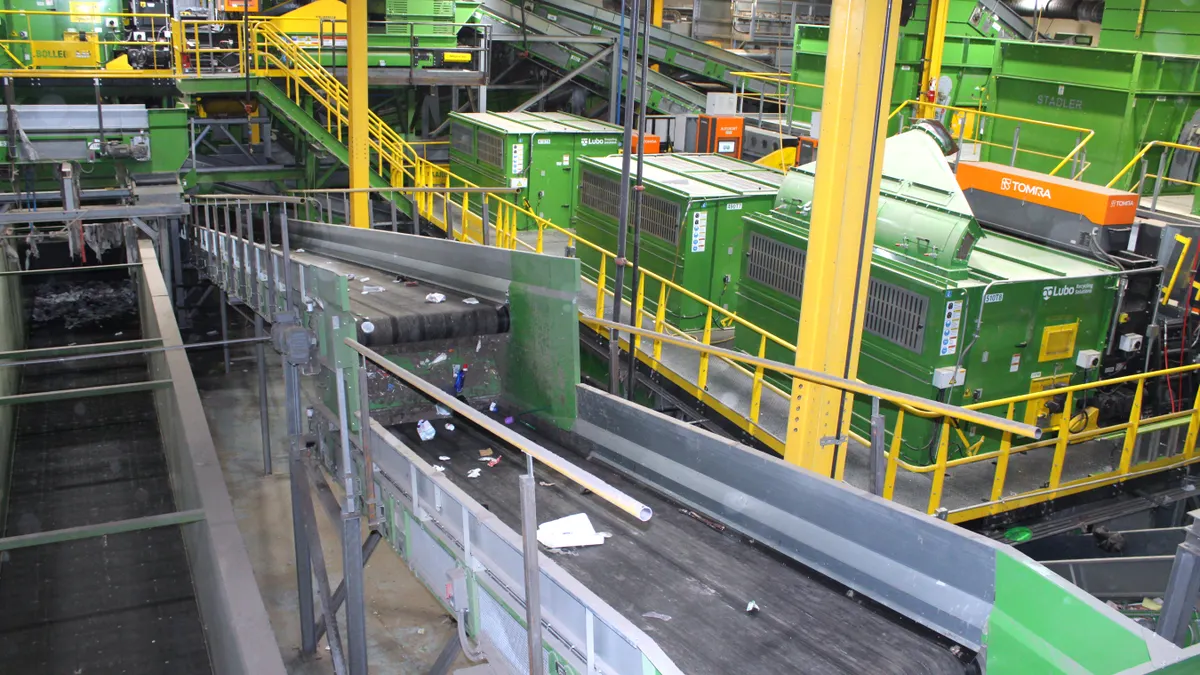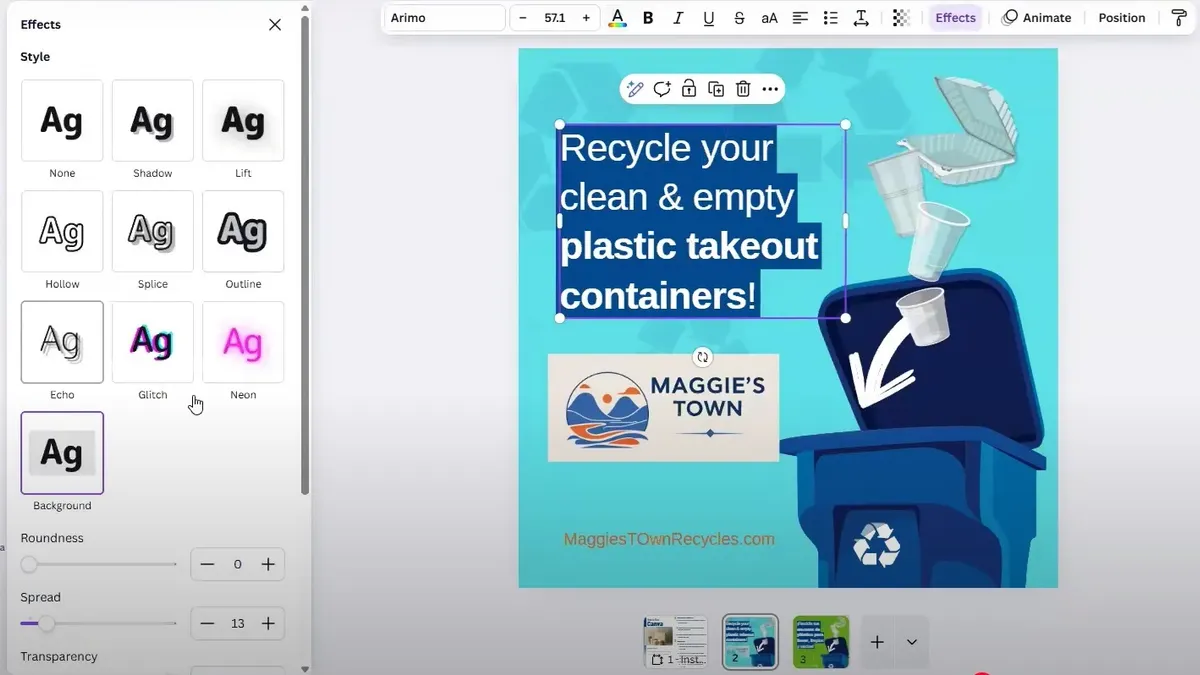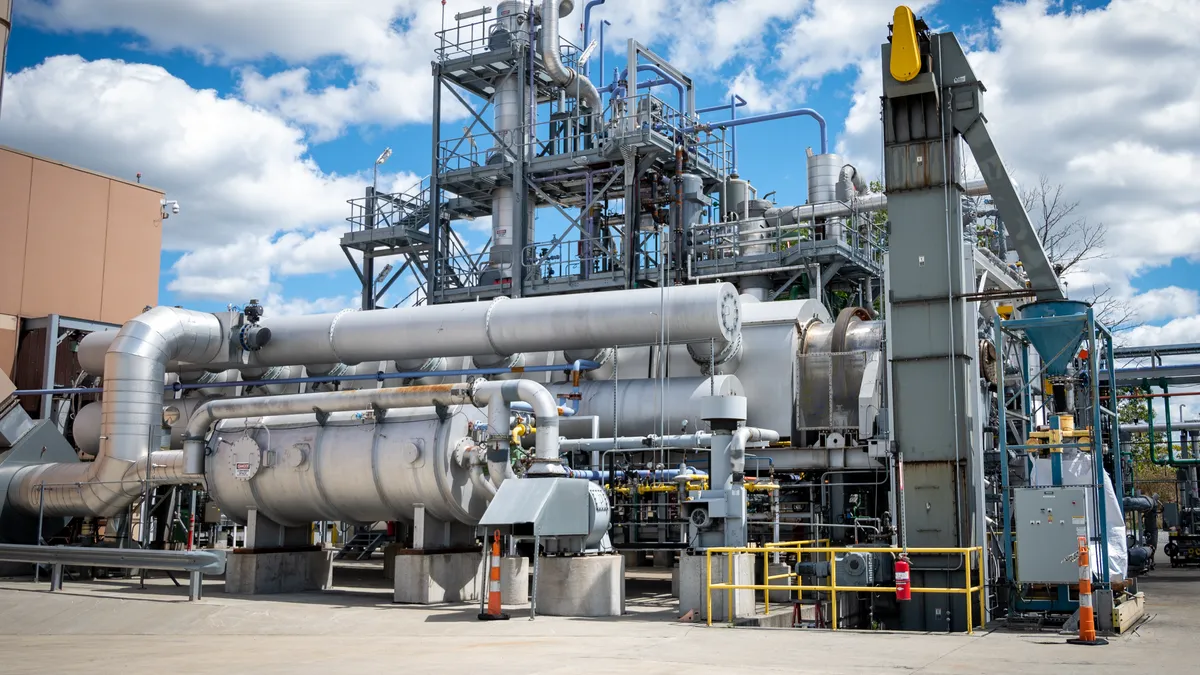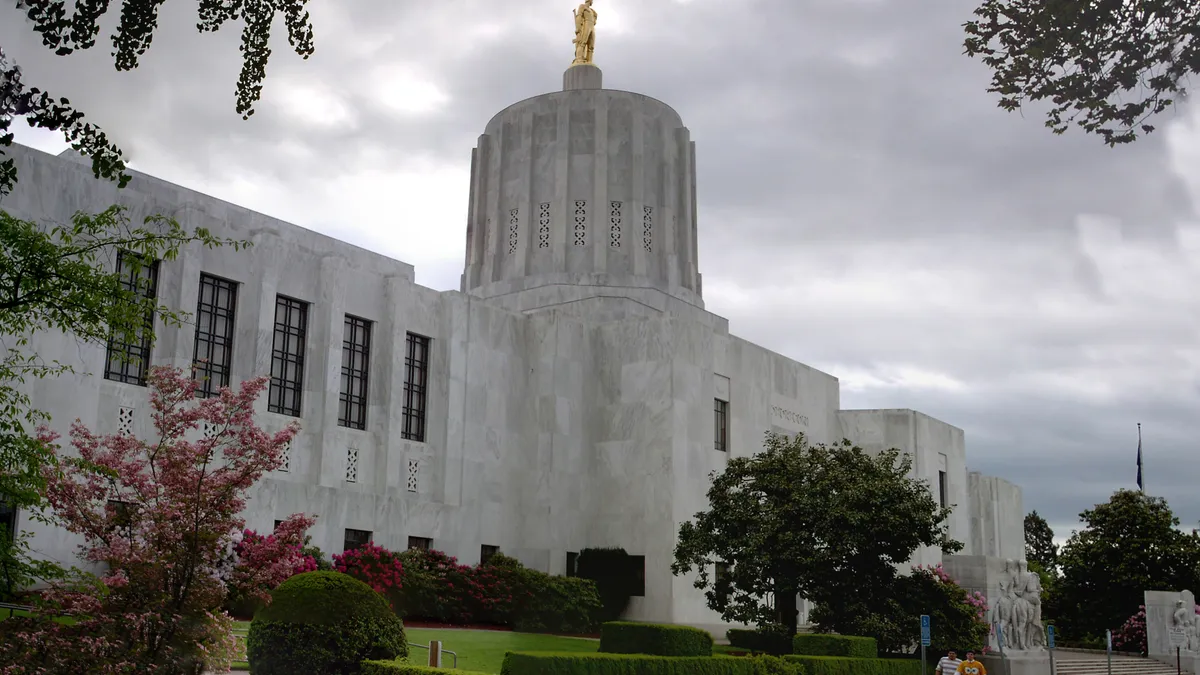Many recycling problems are too complex for any one entity to take on and fix. Not even mammoth corporations like Coca-Cola, which has spent years working to tackle recycling issues, have made a big dent in establishing a large-scale system that works — an issue hurting big brands like them as much as anyone.
A recent As You Sow report showed large manufacturers lose $11.4 billion a year through wasted packaging that they could otherwise reuse. So Coca-Cola, along with ten more of the nation's largest consumer goods conglomerates from Johnson & Johnson to Colgate-Palmolive, have teamed with a "social impact fund" that started as just two determined men with a plan.
The Closed Loop Fund is an organization helping to fight the industry's battles by building recycling infrastructure, with their armament being technology and players who are generating much of the waste. Closed Loop investors have collectively put up $100 million to snatch tons of materials from the waste stream, hoping not only to divert from landfill, but to see the materials eventually come back to them.
How the Fund works and who benefits
The Closed Loop Fund, created in 2014, provides capital to build recycling programs. Half of the beneficiaries are municipalities that receive zero-interest loans for their projects, and the other half are private companies that get below-market rate loans.
It started with a conversation between the two men who would become Closed Loop’s co-founders: Rob Kaplan and Ron Gonen. They knew of each other as they both worked to piece together the sustainability puzzle for a long time, though from separate spaces.
"Rob was running Wal-Mart’s sustainability programs, and I was working for Mayor Michael Bloomberg [overseeing New York City’s recycling]. Rob asked me why there was excellent recycling infrastructure in some parts of the country and none, or average at best, in other parts," recalls Gonen.
Wal-Mart was turning big profits selling their back-of-house waste where there was a means to process it and a market for the commodities the trash would later become.
"We talked about how to build infrastructure and about brands that could benefit. We asked ourselves, rather than raise capital from traditional sources like banks or foundations, why not go direct to the brands who would be primary beneficiaries?" said Gonen.
In the past two years, Closed Loop has invested in six projects, focused on collections, sorting, and processing — and Gonen speaks of a "robust number of projects in the pipeline."
Making a mark in Chicago
Closed Loop wanted to make a mark in Chicago, one of the nation’s largest cities, yet woefully behind in recycling. However with $18- to $20-per-ton tipping fees, there was no incentive. So the Fund put its money — a whopping $1.5 million — on Lakeshore Recycling, one of only two single-stream MRFs in the major metropolis.
"We have operated on the fringes, doing what’s good for Chicago, but we needed to make money," said Alan Handley, CEO of Lakeshore Recycling.
Before, Lakeshore was only processing recyclables manually, which mounted to five to 10 tons a day. Now, thanks to the help of the Fund, the facility received a new Machinex sorting system. The facility went live on Wednesday after completing a beta test.
"Now we do 20 tons an hour with the equipment and get 90% harvest," said Handley. They have signed on third-party vendors, fielded calls from smaller private haulers to national companies, and have grown from 208 employees to 543 with much of the workforce expansion since the beta launch. "And single-stream is a big piece of it," he said.
The other beneficiaries to date are QRS in Maryland; Momentum Recycling in Utah; Quad Cities, IA's solid waste management district; Portage County, OH; and a South East municipality soon to be announced.
#recyclingworks. CEO of #lakeshorerecycling announces opening of new facility vastly increasing Chicago recycling. pic.twitter.com/IzeqO9cC7T
— Closed Loop Fund (@LoopFund) March 16, 2016
What's in it for the investors?
The 11 investors — Coca-Cola, Wal-Mart, PepsiCo, Johnson & Johnson, Procter & Gamble, Unilever, Keurig Green Mountain, Goldman Sachs, 3M, Colgate-Palmolive, and Dr Pepper Snapple Group — pay a 2% management fee to Closed Loop, but expect their principal to be returned and to earn a little interest. But there’s more payout, or so they hope.
"These companies' leadership recognizes the bottom-line benefit of getting large volumes of material in the supply chain. While it does not go directly to them they are the largest buyers of material, so if we increase supply they generally get access to it," said Gonen.
Glass is one of the industry bears, but Closed Loop figures it is worth taking on. While the overall market for this hard-to-recycle material is not good — often it is crushed and landfilled in massive quantities —many consumer goods companies use it. Typically, it fills 20% of MRFs' streams.
The Fund's desire to see other complex materials processed is why Gonen and Kaplan hooked up with Maryland’s QRS. "QRS is exciting because it creates markets for all kinds of plastics. By aggregating hard-to-recycle plastics in one city we have scale to attract market interest," said Gonen.
Coca-Cola’s recycling story
As an end user, Coca-Cola especially wants more PET and aluminum, and Closed Loop's technology focus to recover more of these materials is part of what baited the soft drink giant — as well as getting to partner with other big players.
"We are a whole collective looking for ways to marry [recycling] technology with infrastructure gaps and drop it in communities whereby everyone benefits: the community who can divert waste, MRFs who can profit from processing and selling it, and corporations like Coke who will be supplied with a reusable waste stream," said Coca-Cola’s Vice President of Environment and Sustainability Bruce Karas.
Coke and its partners learn something new at every meeting, he said, commenting on one huge realization in particular: "It’s one thing to find a solution to a technical issue; you still need to figure out in what region and what industry you can make it work ... If it’s a way to deal with glass, who can use that glass? Otherwise you just have a floating solution, when what you need is an endpoint."
The corporation has actually been in learning mode for years, looking for sustainability and reuse answers. They bought and later sold a company that would grind plastic in a PET chip resin they envisioned using for bottles, but the plan failed as the material was not food-grade quality. They also launched and eventually shut down a large recycling division, hoping they could do better working with suppliers.
But now, recycling success seems to be on the horizon for Coca-Cola.
"We have matured and instead of trying to solve the problems on our own we are working with [ten] of the largest corporations in the world to collectively pull our resources," said Karas.
Closed Loop's goals by 2025
By the year 2025, Closed Loop Fund hopes to:
- Eliminate more than 50 million tons of greenhouse gas
- Divert more than 20 million tons of waste from landfills
- Create 20,000+ local jobs across the United States
The investors want to fill in wherever recycling is spotty, which gives them plenty of territory. They plan to finance recycling carts for cities that have no single-stream services. They also want to help set up MRFs where there are none, bring down costs for existing facilities, and invest in markets for recycled materials.
"And we are looking at a project to use glass as a replacement for fly ash as filler for concrete. There’s a huge demand for cement, so we could create big demand for that glass," said Gonen.
Time will tell
As far as the future, Gonan said, "We are just two years into investing. So while we are confident we picked a good project, we will see."
Karas’ projection aligns with Gonen's. "It’s too early to see a closed loop where materials come back to Coca-Cola. There’s not enough diversion at this point," he said. "Where we are at is trying to affect a broader community to make materials available ... We are doing it because recycling is not just about having a large supply of bottles and cans. We don’t want our packages going to the landfill."
















